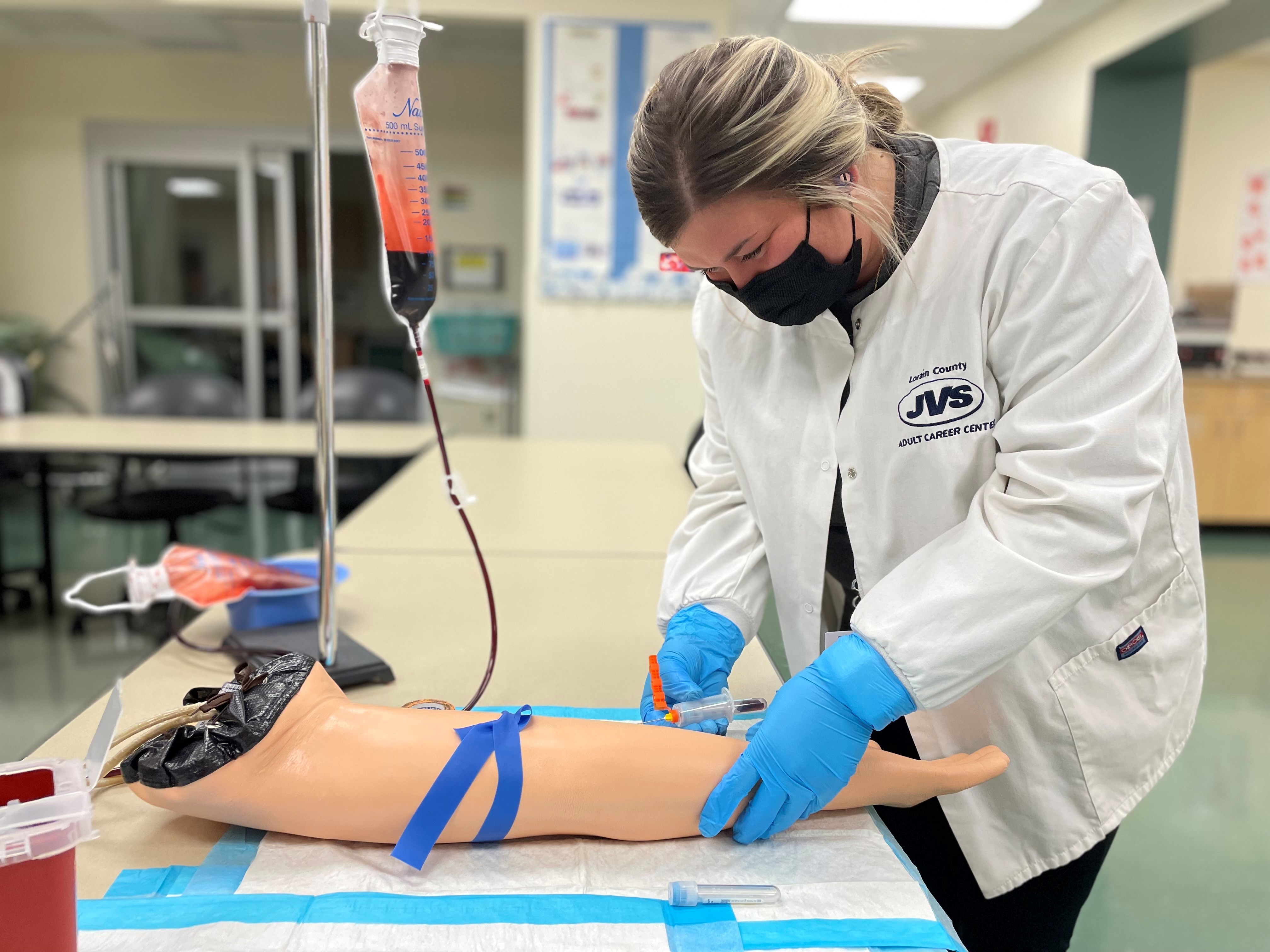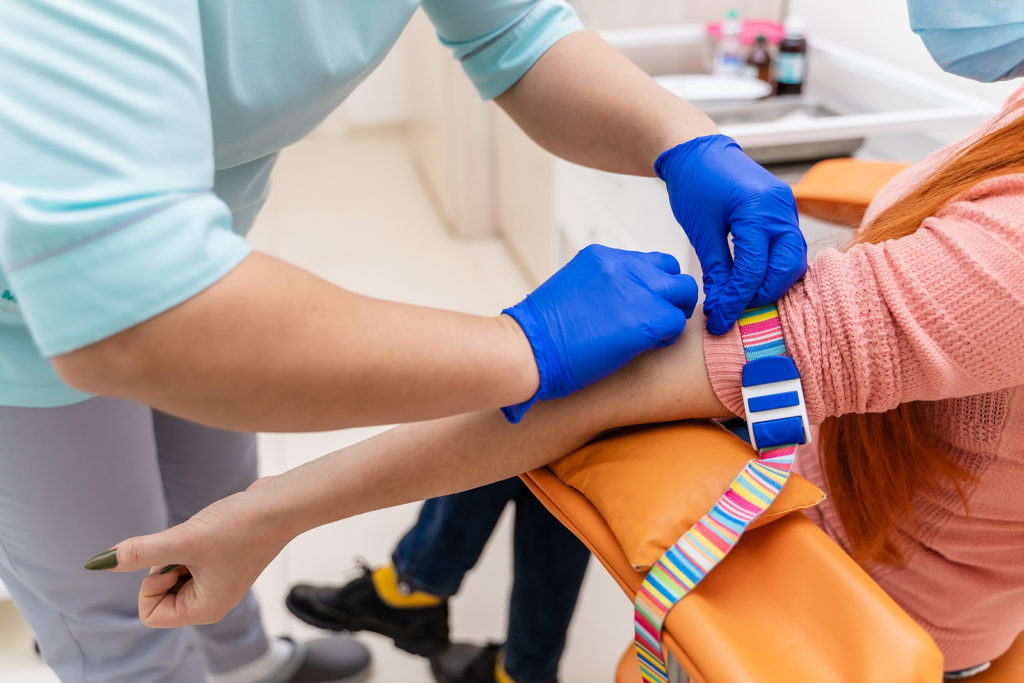The Basic Principles Of Northeast Medical Institute - New Haven Campus Phlebotomy Course & Cna Class
The Basic Principles Of Northeast Medical Institute - New Haven Campus Phlebotomy Course & Cna Class
Blog Article
Not known Facts About Northeast Medical Institute - New Haven Campus Phlebotomy Course & Cna Class
Table of ContentsThe Main Principles Of Northeast Medical Institute - New Haven Campus Phlebotomy Course & Cna Class How Northeast Medical Institute - New Haven Campus Phlebotomy Course & Cna Class can Save You Time, Stress, and Money.The Ultimate Guide To Northeast Medical Institute - New Haven Campus Phlebotomy Course & Cna ClassNortheast Medical Institute - New Haven Campus Phlebotomy Course & Cna Class for DummiesNortheast Medical Institute - New Haven Campus Phlebotomy Course & Cna Class - An OverviewFacts About Northeast Medical Institute - New Haven Campus Phlebotomy Course & Cna Class Revealed
The use of such tools ought to be accompanied by various other infection prevention and control methods, and training in their use.For settings with reduced sources, cost is a driving element in purchase of safety-engineered gadgets. Where safety-engineered tools are not readily available, skilled use of a needle and syringe is appropriate.
In the blood-sampling space for an outpatient department or clinic, provide a comfy reclining sofa with an arm rest.
Northeast Medical Institute - New Haven Campus Phlebotomy Course & Cna Class - Questions
Ensure that the indicators for blood tasting are clearly specified, either in a written protocol or in recorded instructions (e.g. in a research laboratory type). Gather all the equipment required for the procedure and place it within risk-free and very easy reach on a tray or cart, guaranteeing that all the products are plainly noticeable.
Present on your own to the individual, and ask the individual to mention their complete name. Inspect that the lab form matches the patient's identity (i.e. match the patient's information with the research laboratory kind, to make certain exact identification).
Make the individual comfortable in a supine position (when possible). Area a tidy paper or towel under the client's arm. Discuss the test to be executed (see Annex F) and obtain spoken authorization. The client has a right to reject a test any time before the blood tasting, so it is crucial to make sure that the client has recognized the procedure.
About Northeast Medical Institute - New Haven Campus Phlebotomy Course & Cna Class
Extend the client's arm and check the antecubital fossa or forearm. Find a capillary of a great dimension that is visible, straight and clear.
DO NOT place the needle where veins are diverting, since this enhances the chance of a haematoma. The capillary ought to show up without applying the tourniquet. Locating the blood vessel will certainly assist in establishing the proper size of needle. Apply the tourniquet about 45 finger sizes over the venepuncture site and re-examine the vein.
Samplings from main lines carry a danger of contamination or erroneous lab examination results. It is acceptable, yet not suitable, to attract blood specimens when very first presenting an in-dwelling venous device, prior to connecting the cannula to the intravenous fluids.
The Of Northeast Medical Institute - New Haven Campus Phlebotomy Course & Cna Class
Failing to enable sufficient contact time boosts the danger of contamination. DO NOT touch the cleaned up site; in particular, DO NOT position a finger over the blood vessel to assist the shaft of the subjected needle.
Ask the individual to develop a clenched fist so the capillaries are extra popular. Enter the vein promptly at a 30 degree angle or less, and proceed to introduce the needle along the capillary at the simplest angle of entrance - PCT Training. As soon as adequate blood has been collected, launch the tourniquet BEFORE withdrawing the needle
Northeast Medical Institute - New Haven Campus Phlebotomy Course & Cna Class Things To Know Before You Get This
Withdraw the needle delicately and use mild pressure to the site with a tidy gauze or completely dry cotton-wool sphere. Ask the client to hold the gauze or cotton woollen in place, with the arm prolonged and elevated. Ask the client NOT to flex the arm, because doing so triggers a haematoma.

The Best Strategy To Use For Northeast Medical Institute - New Haven Campus Phlebotomy Course & Cna Class
Do not press the syringe plunger since extra pressure enhances the danger of haemolysis. Where possible, keep the tubes in a rack and move the rack towards you. Inject downwards into the appropriate coloured stopper. DO NOT remove the stopper because it will certainly launch the vacuum. If the you could look here sample tube does not have a rubber stopper, inject very gradually into the tube as reducing the pressure and rate made use of to move the sampling decreases the risk of haemolysis.

Report this page